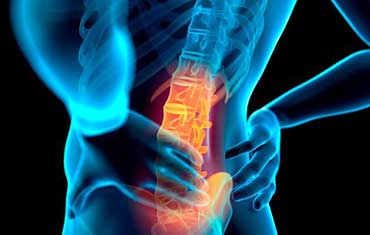SLIP DISC PAIN

Slipped disc pain, also known as herniated disc pain, can be excruciating and greatly impact daily life. A slipped disc occurs when the soft, gel-like center of a spinal disc protrudes through a tear in its tough outer layer, irritating nearby nerves. Understanding the symptoms and potential treatments for slipped disc pain is crucial for effective management and relief.
One of the hallmark symptoms of a slipped disc is sharp or shooting pain that radiates down the affected area, such as the lower back, buttocks, or legs. This pain may worsen with certain movements, such as bending, lifting, or twisting. Additionally, individuals with a slipped disc may experience numbness, tingling, or weakness in the affected area, as the compressed nerves disrupt normal sensation and function.
Treatment for slipped disc pain often begins with conservative measures, such as rest, over-the-counter pain medications, and physical therapy exercises to strengthen the surrounding muscles and improve flexibility. In more severe cases or if conservative treatments fail to provide relief, medical interventions such as epidural steroid injections or surgical procedures may be necessary to alleviate pressure on the affected nerves and reduce pain.
Preventing further injury to the spine and adopting healthy lifestyle habits, such as maintaining proper posture, engaging in regular exercise, and avoiding heavy lifting, can also help manage slipped disc pain in the long term. Seeking prompt medical attention and adhering to a comprehensive treatment plan can significantly improve outcomes and quality of life for individuals experiencing slipped disc pain.
